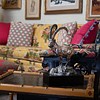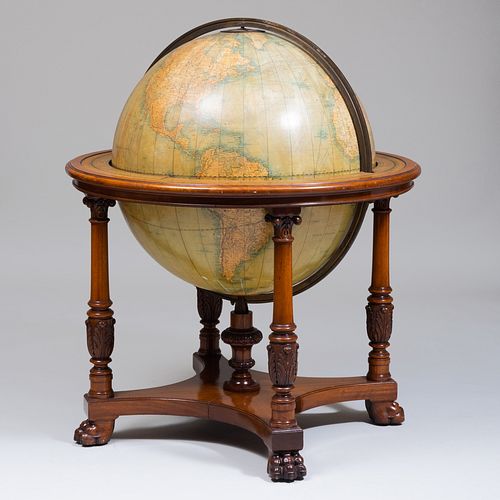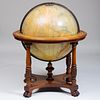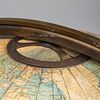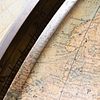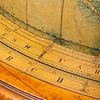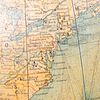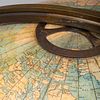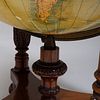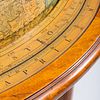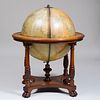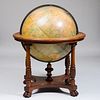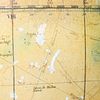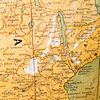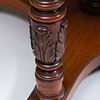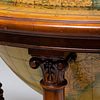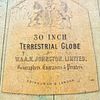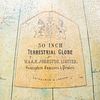Large William IV Style Mahogany 30 Inch Terrestrial Globe, W. & A. K. Johnston Limited, Edinburgh and London
Bid Increments
| Price | Bid Increment |
|---|---|
| $0 | $25 |
| $200 | $50 |
| $500 | $100 |
| $3,000 | $250 |
| $5,000 | $500 |
| $10,000 | $1,000 |
| $30,000 | $2,500 |
| $100,000 | $5,000 |
Fitted with brass hour circle on the north pole, a calibrated brass meridian, and a horizontal band with paper calendar. The cartouche is overlaid, the globe is raised on casters.
47 1/2 in. x 40 in. diam.
Note: The brothers William (1802-1888) and Andrew Keith (1804-1871) Johnston began as apprentices to the leading Scottish globe-maker, James Kirkwood, until a fire destroyed his workshops in 1824. Setting out on their own, they acquired the publishing house of William Lizars and started printing maps, atlases, gazetteers, guide books, globes and much more. Following their development of the first 12 in. geo-physical globe the Johnston's became the leaders of their field throughout Great Britain in the second half of the 19th century and were awarded a Royal Appointment by Queen Victoria. Their imposing and exceptionally large 30 in. terrestrial globe was the first of its size to be produced in England, and was exhibited at The Great Exhibition of 1851 in Hyde Park London, where it won numerous medals.
Geographical note: After the Mexican War (1846-1848), the Treaty of Guadalupe Hidalgo gave California proper to the United States and assigned Lower California (noted on this globe) which is the Baja Peninsula to Mexico.
